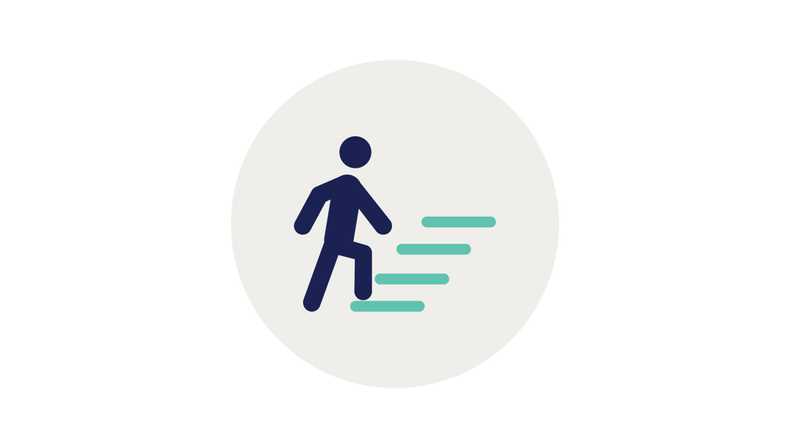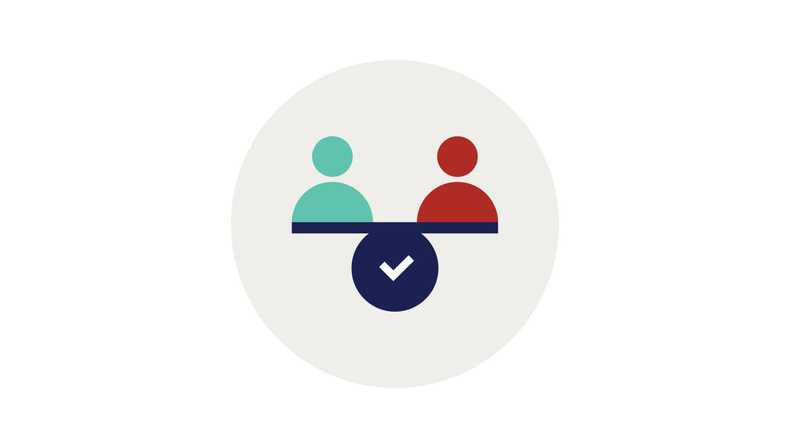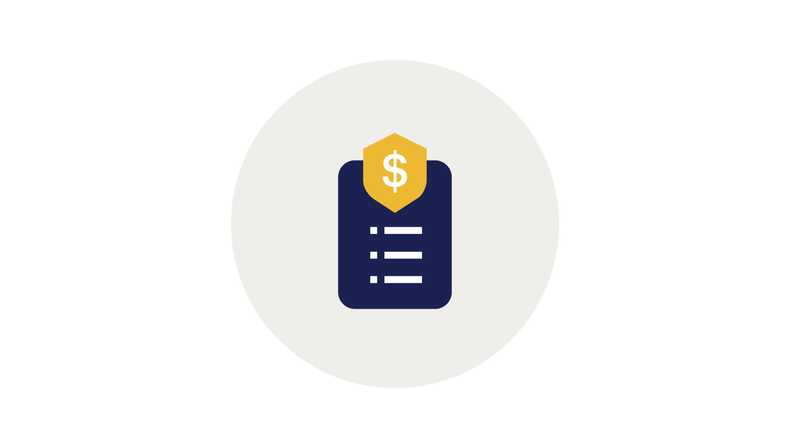Pay equality toolkit: Create a capability matrix
Developing a capability matrix for your workplace can help you better understand what each skills each role requires and what it is intended to achieve. A completed capability matrix can help you develop non-discriminatory position descriptions that focus on capabilities rather than personal attributes – critical to addressing any gender pay gap that may exist.

What is a capability matrix?
A capability matrix is a simple guide showing what each job in an organisation should achieve. It helps achieve pay equality by detailing the different skills (or levels of those skills) for each job. A capability matrix is updated often to keep up with the company’s growth.
The information contained in a capability matrix can be used to create position descriptions. For smaller organisations, a capability matrix might be most useful at the recruitment stage of the employment cycle and be added to over time. Business Victoria has simple and detailed position description templates that are a useful format for position descriptions. The information in a capability matrix can be used to complete these templates.
Why do I need a capability matrix?
There are several ways a capability matrix can help promote fair and equal employment practices:
- By creating non-discriminatory job descriptions – a capability matrix helps you create position descriptions that focus on capabilities rather than personal attributes. This helps you comply with laws that prohibit workplace discrimination, as outlined in Victoria’s Equal Opportunity Act 2010.
- By addressing pay equality – a capability matrix helps you to create position descriptions that align with both the vision and goals of your organisation and industry standards. This can help address issues of pay inequality by ensuring position descriptions are gender-neutral and focused on the knowledge and skills required to complete the role.
- By assisting with small business challenges – the research underpinning our 2020 report Equal pay matters suggests that using a capability matrix as tool assists small businesses with challenges like attracting and retaining staff, which are linked to pay inequality.
What steps will I need to create a capability matrix?
Check whether you already have a capability matrix that contains or could be adapted to incorporate equal pay considerations. If you don’t have one, our capability matrix template <link> can help.
Before you start, download the latest version of the Australian Skills Classification. This is an Excel spreadsheet from which you can copy and paste core competencies.
The Australian Skills Classification describes levels of proficiency (basic, intermediate and high) for each core competency. You can copy the relevant level for the position.
Complete this step for each position.
Share the capability matrix with your workers to ensure you have captured both the relevant criteria and proficiency descriptions accurately. Sharing your capability matrix will also foster transparency in your pay practices.
Download our capability matrix template to help you create your own.
Many organisations use the information in a capability matrix as a basis for performance evaluation. You can find further information about this in the gender-neutral job evaluations tool (coming soon).





